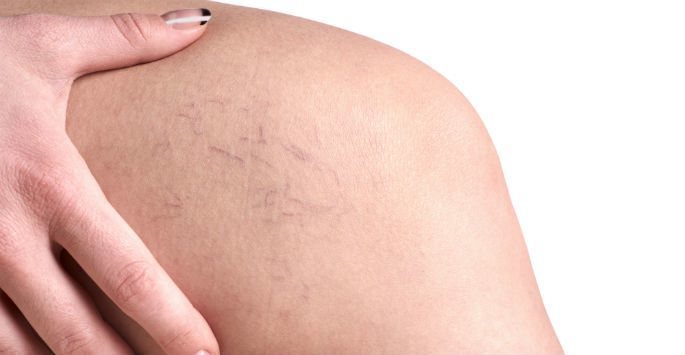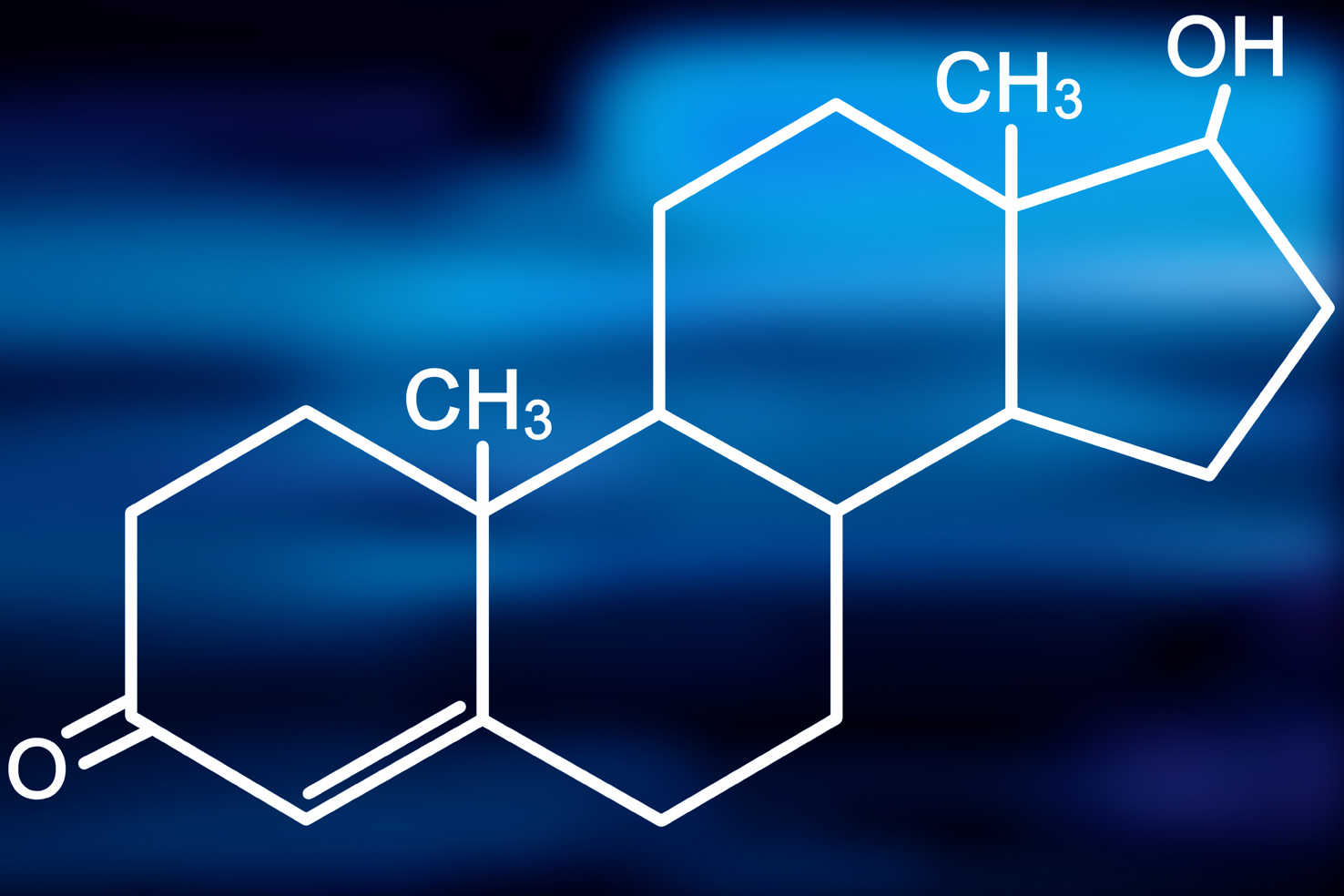Spider Veins: What Are My Treatment Options?
Spider veins are currently manageable in many safe ways. This can be done through diagnostic measures that are effective and relatively painless. Among such measures is the common one which involves collapsing and fading away of the vein. The procedure is done by injecting each affected vein by a treatment solution hence clearing the underlying issues. Besides, spider vein can also be removed by other modes of treatments such as the laser treatments.
Spider veins appear in numerous colors such as red, purple and at time blue. They are common in women, especially in the thigh area as opposed to men. Spider veins can also be spotted in the calves and ankles and are usually experienced at a younger stage in life.
Contents
What Causes Spider Veins
For the spider vein to occur, there are numerous factors that contribute to its development. Commonly, it always affects the legs than other areas of the body. These factors are commonly heredity, hormonal shifts, activities that require prolonged sitting or standing, pregnancy, and weight fluctuation respectively. For more information, you can go to your preferred vein doctor to learn more about spider veins.
Treatment Options for Spider Veins
In this case, Treatment is done for various reasons. First, it is to reduce the risk of complications and secondly, this would be to manage the symptoms of the disease. In most cases, spider veins are not dependent on treatment but essentially, it is important to improve the affected areas. Among the treatment options to achieve this includes;
I. Compression Therapy and Lifestyle Change
Compression stocking can contribute widely in managing spider veins. Just as the name suggests, it is used to compress the areas of the vein at the times when they are symptomatic. To achieve the best results, the stocking must be properly fitting so as to increase the compression. Compression stockings are purchased at pharmacies and are in various styles and compression. The most common ones are usually the below the knee, above the knee, and the pantyhose styles. In compression, there are 8 to 10 mmHg to 40 to 50 mmHg. In this case, the best compression style type will be determined by your physician’s advice on your condition.
II. Sclerotherapy
Sclerotherapy is a spider vein diagnostic method where the veins are normally injected. The injection supplies a solution into the spider veins thus they collapse and completely fade away. Sclerotherapy is conducted under the guidance of ultrasound. The sclerosing agent together with the foaming solution is injected into the affected veins. This removes blood instantly thus the agent is able to work on the vein wall to cure it.
III. Laser and Light Therapy
The laser and light therapy are used to shrink the affected blood vessels. It is mostly a suitable way to treat the smaller spider veins. The procedure is normally commendable after the Sclerotherapy and, specifically, to treat the larger veins. For a vein to completely cure, the laser and light therapy are done severally in about two and a half months. On the other hand, the light therapy is used to treat the spider vein by using spectrum light. As a result, the small spider veins and other infections such as the vascular birthmarks are shrunk.
In conclusion, spider veins can be painful and troublesome if not well treated. More so, they can be a source of bad health in an individual if left to develop further. Treating the condition as early as possible can then be the best option to avoid complications. With various treatment methods, as discussed above, one is able to find the root cause of the disease and consequently, the underlying causes of the disease can be dealt with accordingly.




